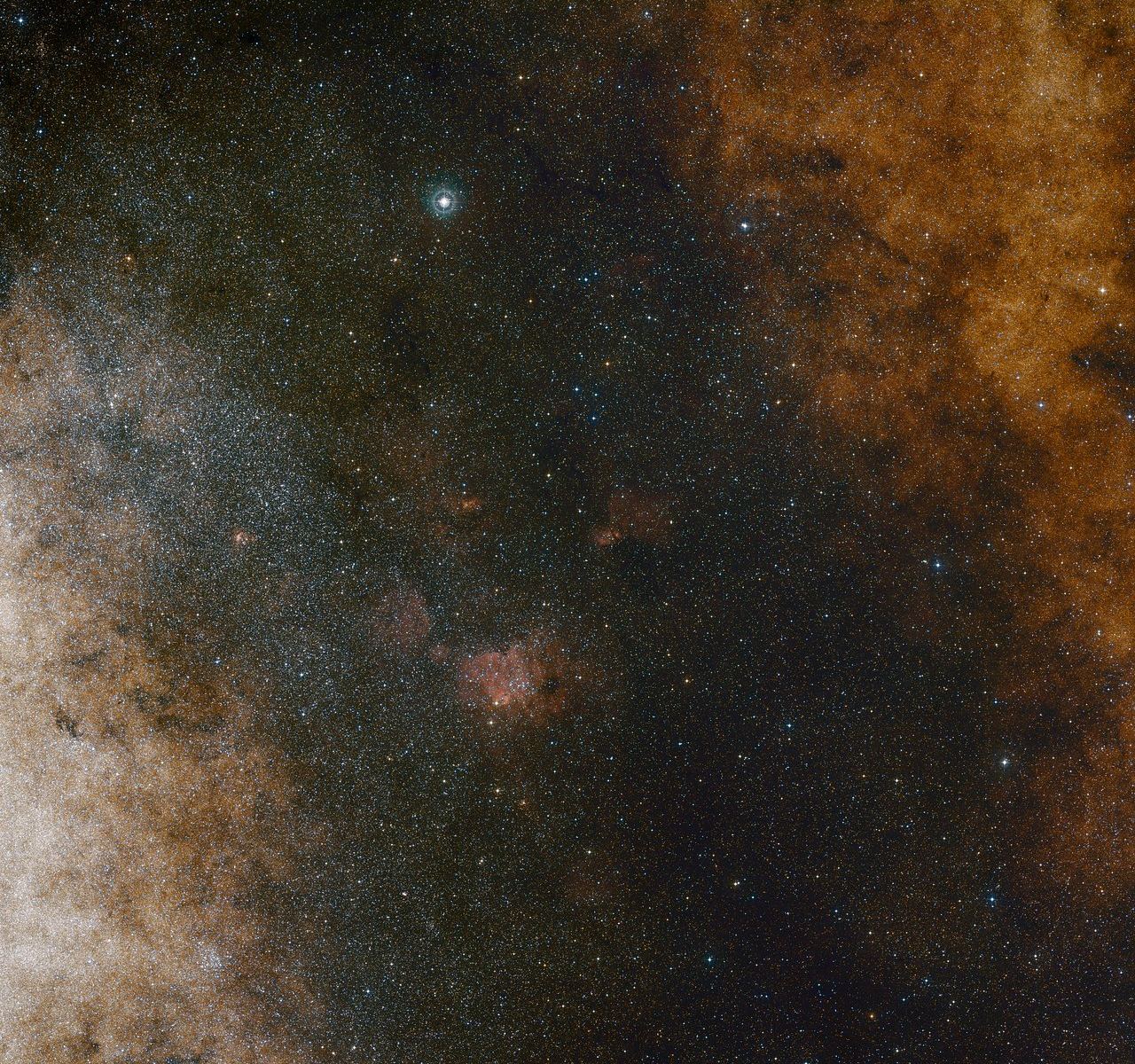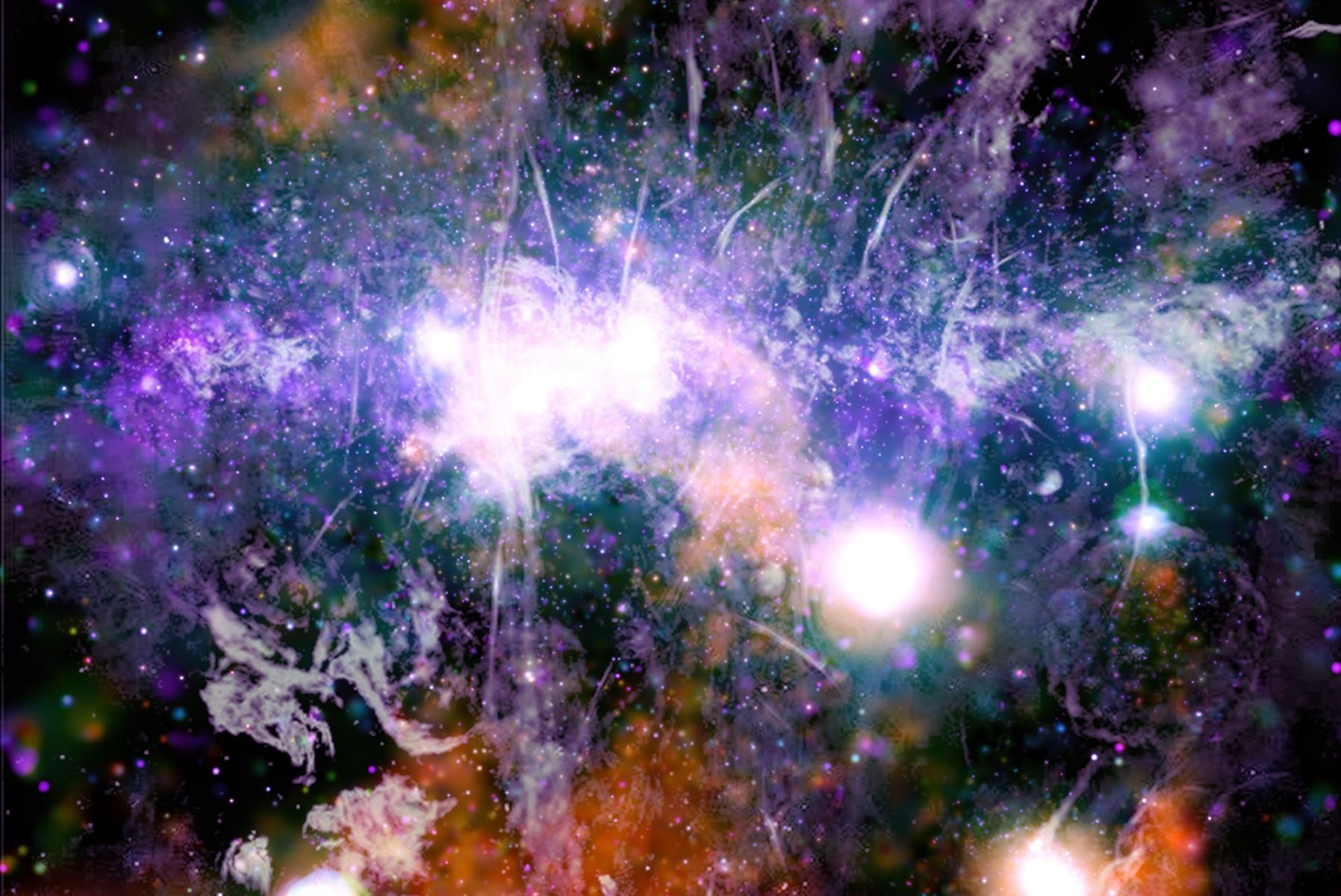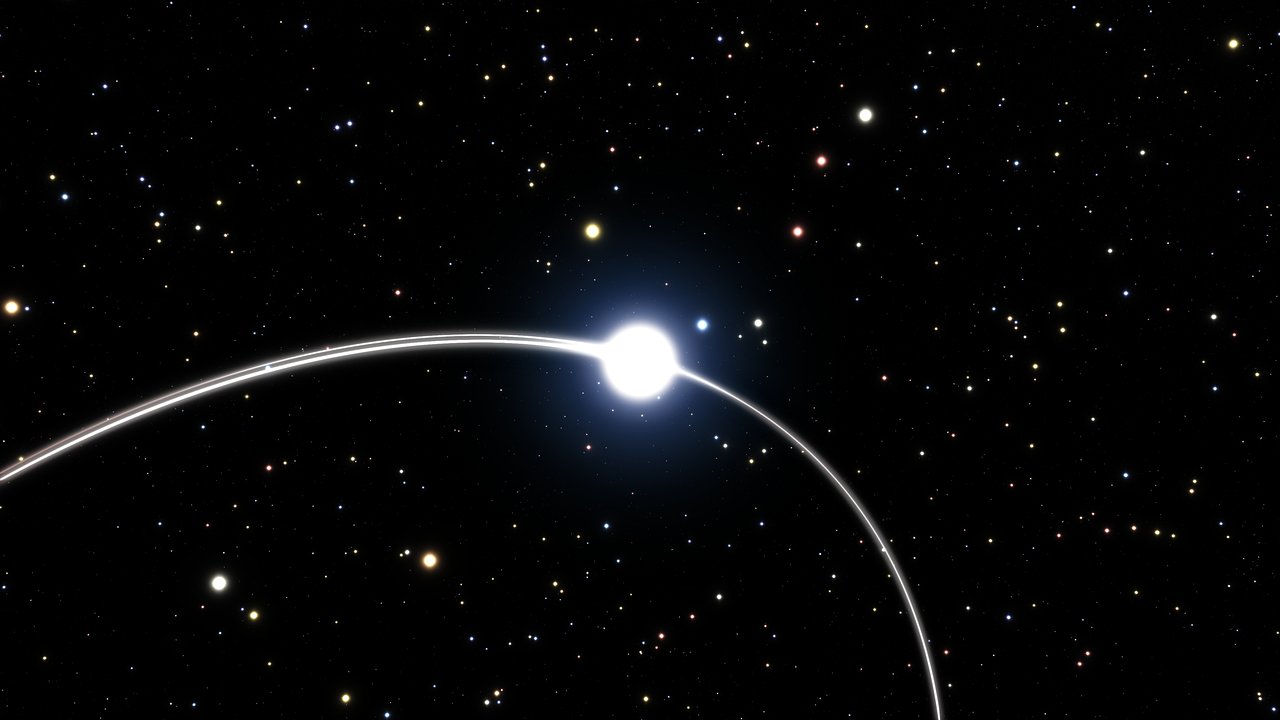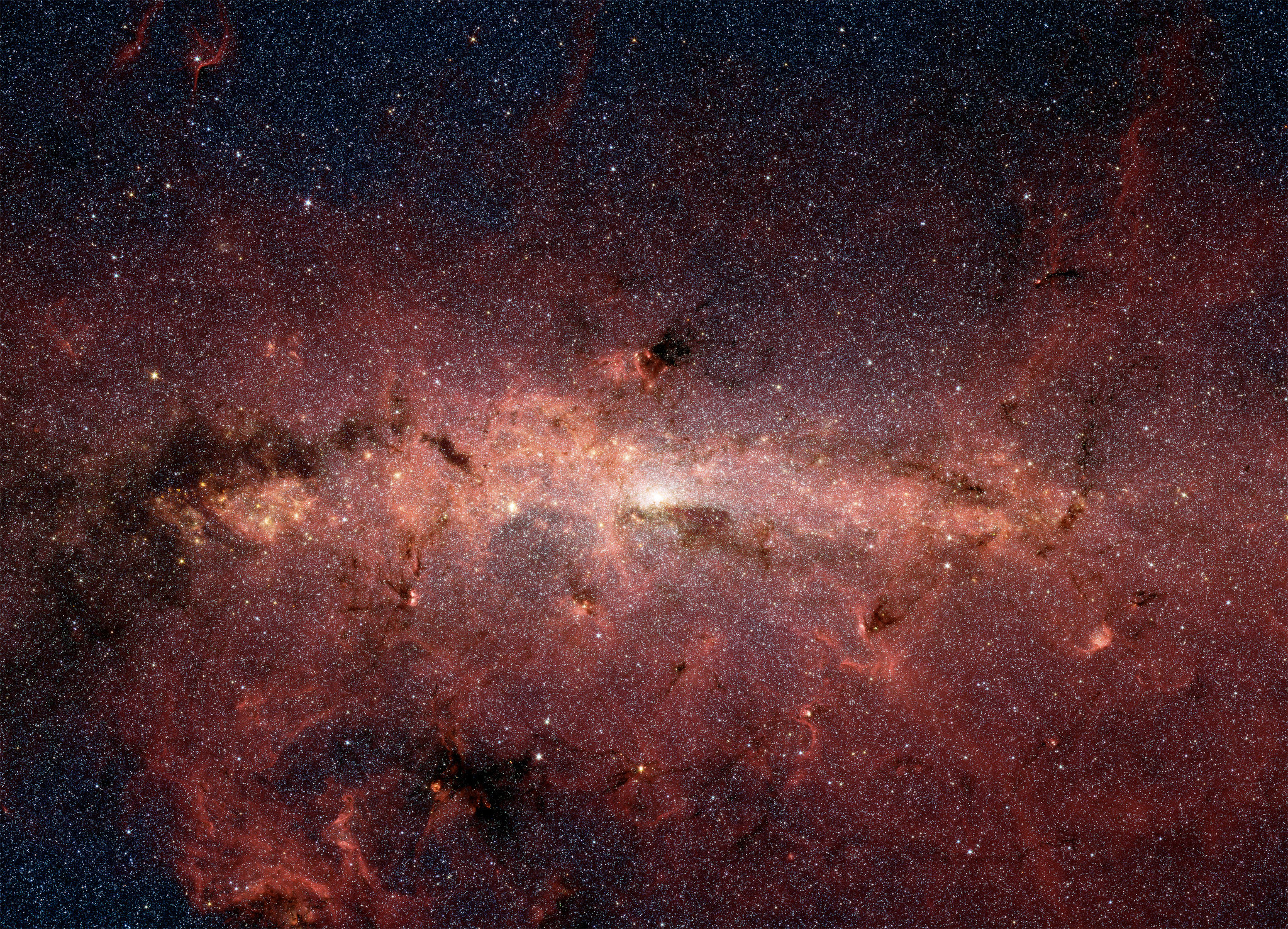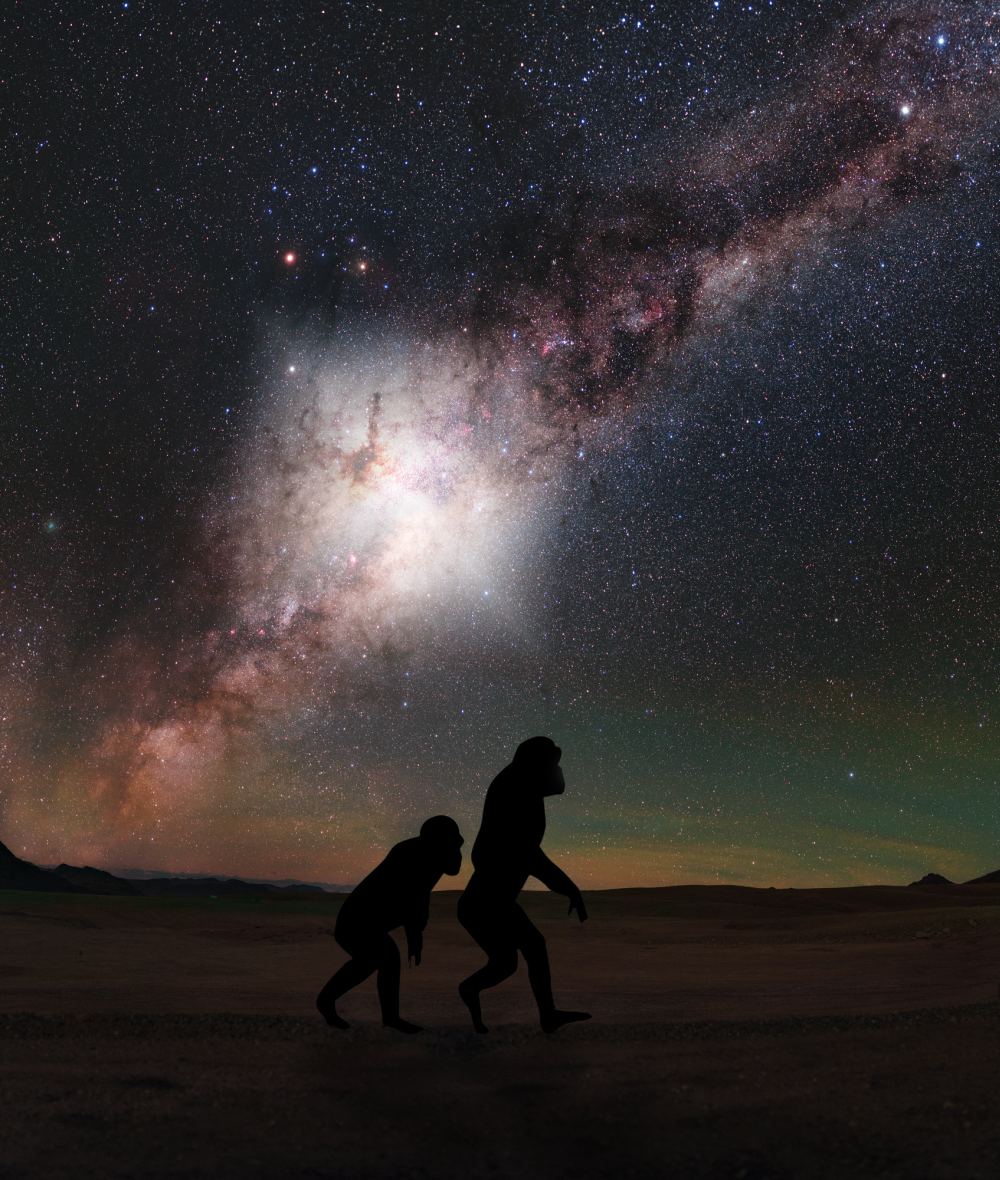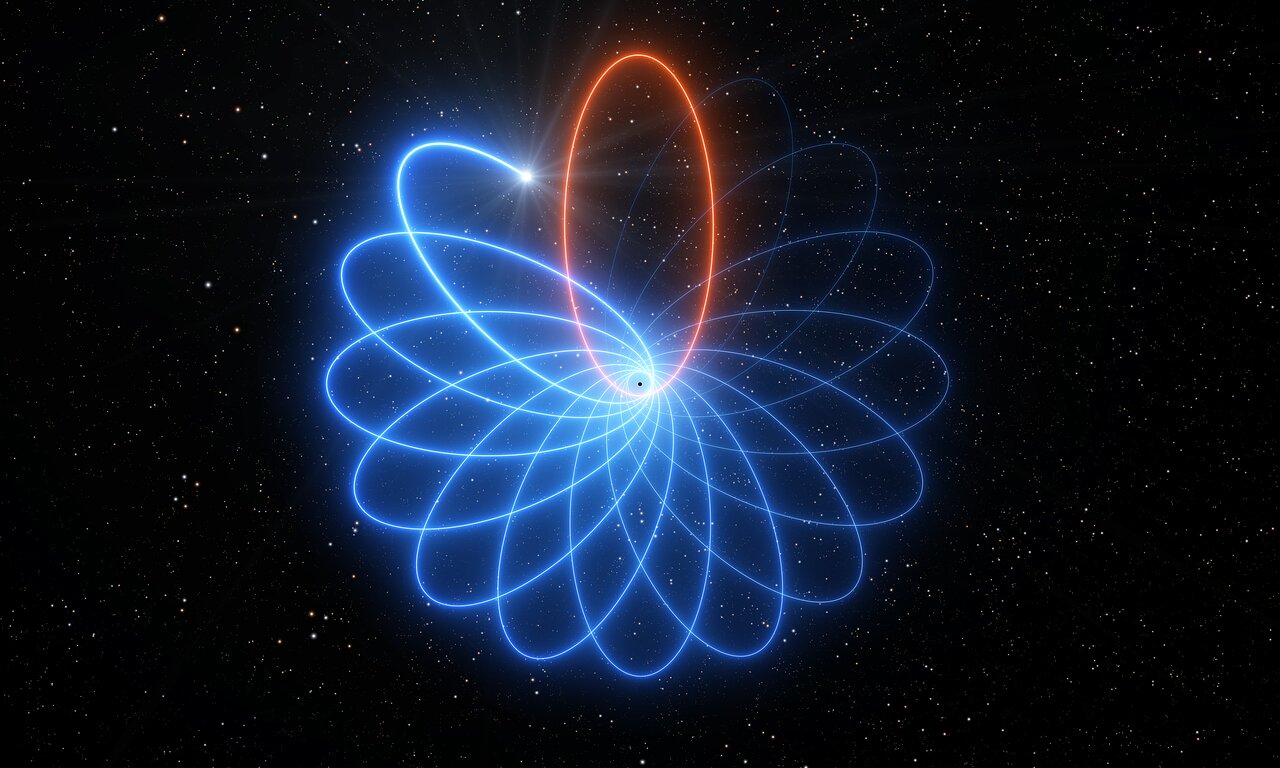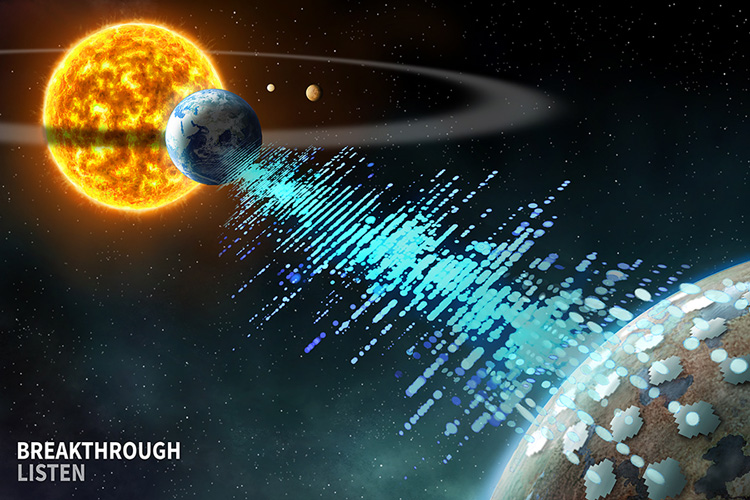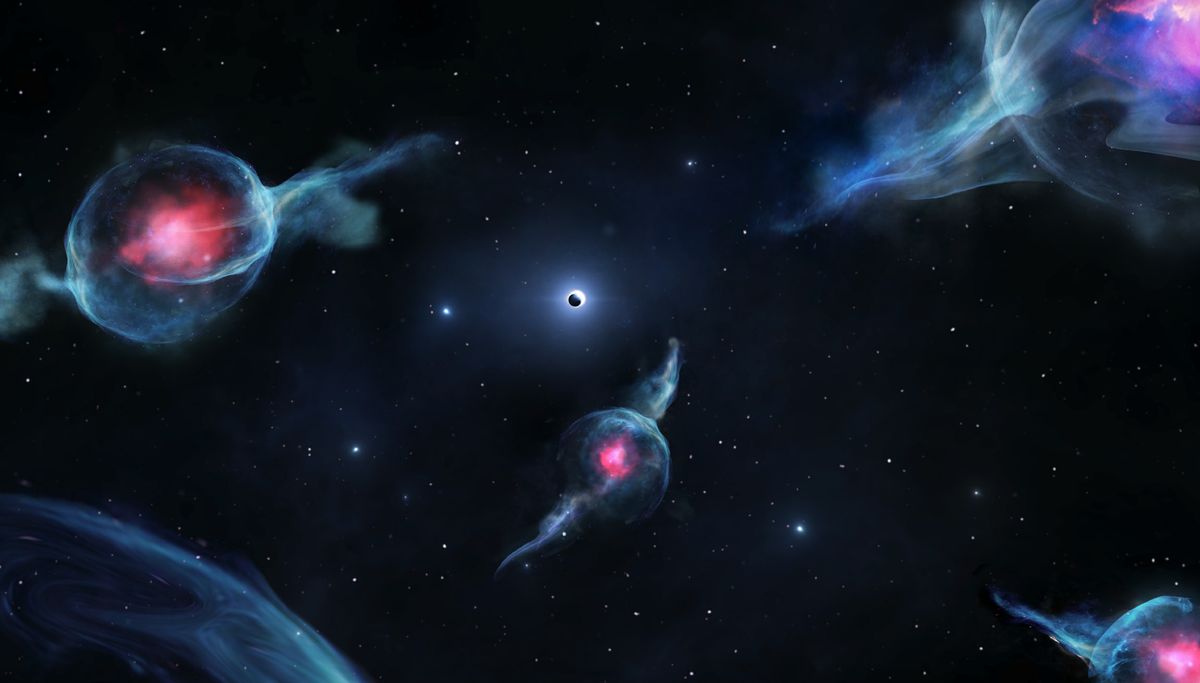It all began with the discovery of Sagittarius A*, a persistent radio source located at the Galactic Center of the Milky Way that turned out to be a supermassive black hole (SMBH). This discovery was accompanied by the realization that SMBHs exist at the heart of most galaxies, which account for their energetic nature and the hypervelocity jets extending from their center. Since then, scientists have been trying to get a better look at Sag A* and its surroundings to learn more about the role SMBHs play in the formation and evolution of our galaxy.
This has been the goal of the GRAVITY collaboration, an international team of astronomers and astrophysicists that have been studying the core of the Milky Way for the past thirty years. Using the ESO’s Very Large Telescope Interferometer (VLTI), this team obtained the deepest and sharpest images to date of the region around Sag A*. These observations led to the most precise measurement yet of the black hole’s mass and revealed a never-before-seen star that orbits close to it.
Continue reading “Best Image Ever Taken of Stars Buzzing Around the Milky Way’s Supermassive Black Hole”
